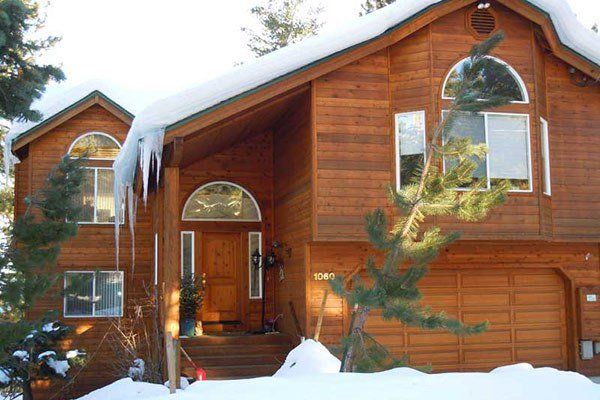Ice Dams: Possibly a Boston Homeowner’s Biggest Nightmare
Ice dams form when warm, moist air from your living area rises and collects in your attic and roof except in the eaves. Melted snow on the warmed roof freezes on the cold eaves forming an ice dam. Melted water from the warm roof backs up and flows under the roof shingles into the interior of the house.
In this YouTube video by John O’Brien, MasterCraft specialty roofing contractor in the Boston area, you will see ice building up in gutters that will ultimately melts and leaks into improperly vented homes with no ice and water shield.
Proper ROOF materials and ventilation are keys to stopping ice dams
With adequate venting at the sofit and proper ventilation in the attic, damaging ice dams can be prevented in the winter along with roof damage to insulation, sheathing and shingles from heat in the summer. Among the many types of ventilation, the most effective is a balanced system that combines sofit and ridge vents. Through natural convention, this system maintains a continuous air flow along the underside of the roof. Cool air is drawn into the attic through sofit vents and the ridge vent promotes rising warmer air to flow out the top. More specifically, as wind blows over the ridge, negative pressure is created and draws warmer air out of the attic. Replacement air then enters and bathes the underside of the roof and exits at the ridge cap through ridge, roof or gable vents.
Overall benefits from proper roof ventilation include:
- Air flows naturally upward and out of the attic.
- The attic is kept cooler and drier.
- Helps prevent moisture from becoming trapped in insulation, structural wood, shingles and roof deck.
- Helps prevent rotting, mildew, drywall damage, peeling paint and warped siding.
- Provides year-round performance for consistent ventilation without energy consumption.
Protection against ice dams through installation of an “ice barrier shield”
In Northern climates when the temperature is 25°F or lower or where there is a possibility of ice forming in the eaves, protection against ice dams is required at eaves. This protection is accomplished through an “ice barrier shield” that is installed underneath your roofing shingles running the length (typically the gutter side) of your home and 3′ up the roof from the gutter’s edge. Problem area’s such as a low slope or sofit extending larger than 12″ can be effectively managed by running the ice barrier shield 6′ up the roof from the gutter’s edge.


